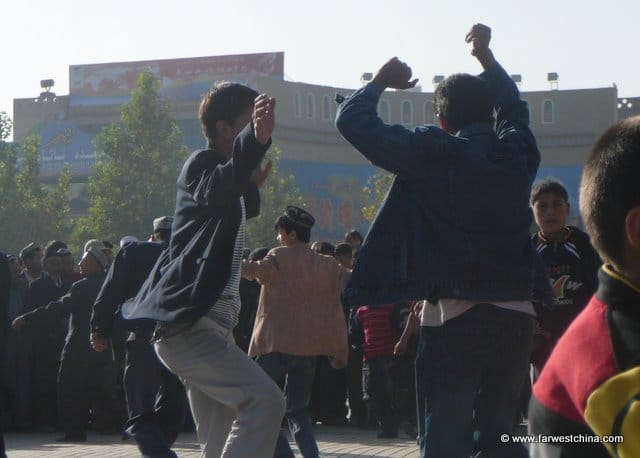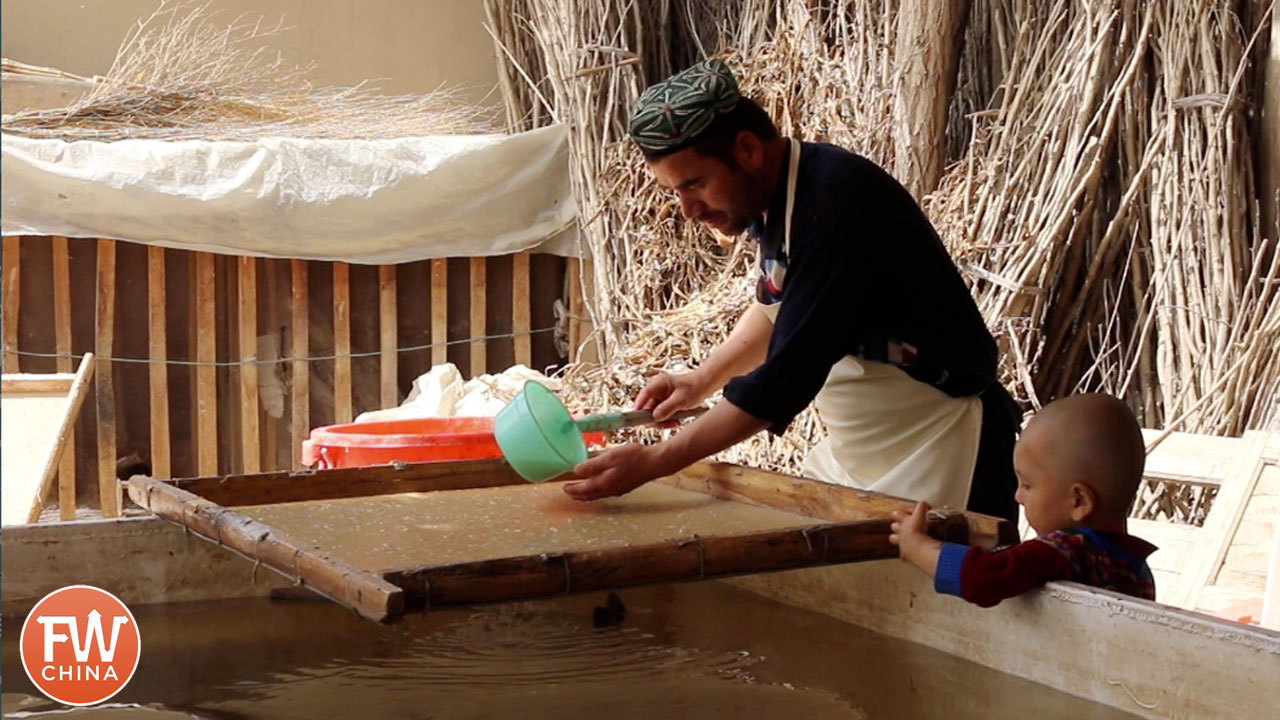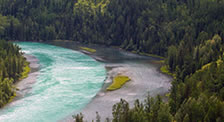Uyghur Dutar | Making and Playing Uyghur Music
The dutar is a two-stringed lute that is characterized by a long neck and pear-shaped body. There are various forms of the instrument that are played all over Central Asia, but the Uyghur dutar is known as one of the largest in this family of plucked instruments.
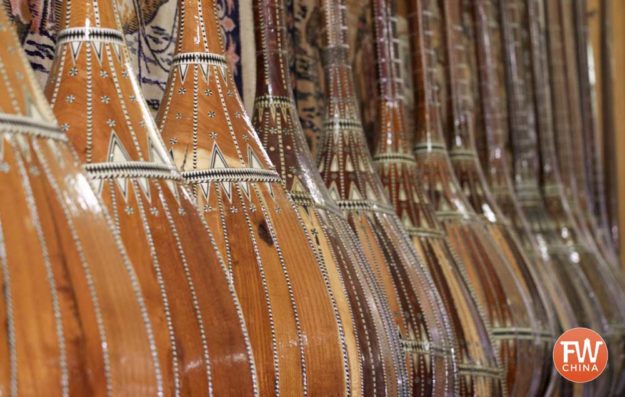
I’ve always been fascinated by the Uyghur dutar and have known a number of people who have picked up the instrument as a hobby.
Since I’ve played the guitar for a couple decades you’d think that it would be easy for me to learn, but don’t let me fool you. I’m not that talented.
Just because I haven’t mastered the art of playing the Uyghur dutar doesn’t mean I can’t enjoy it while living here in Xinjiang!
Unfortunately, many people don’t have the opportunity to hear a dutar live in person. That goes for both travelers and even those people like me who live here in Xinjiang.
For that reason, I decided to film Alimjan, a musician based in Turpan, as he played a traditional Uyghur folk song on the dutar.
VIDEO | Uyghur Dutar Concert
When it comes to ethnic instruments, it’s much better to see it being played yourself than read about it. Take a minute to view this performance of “Ananurhan”, an ancient Uyghur folk song.
We publish awesome, weekly videos…subscribe to FarWestChina on YouTube!
The Making of a Dutar in Xinjiang
A couple years ago I had the opportunity to visit the shop of a Uyghur family in Urumqi, Xinjiang who specialized in instrument making. Most of what they hand made was the dutar.
The instrument is most often produced using mulberry wood, which is very common here in Xinjiang. So common, in fact, that they even make paper out of mulberry bark in Hotan.
The body of the dutar is made of mulberry wood that has been hollowed out. All of the decorations you see on the neck and body are hand-designed using bone, plastic, wood and other colored materials.
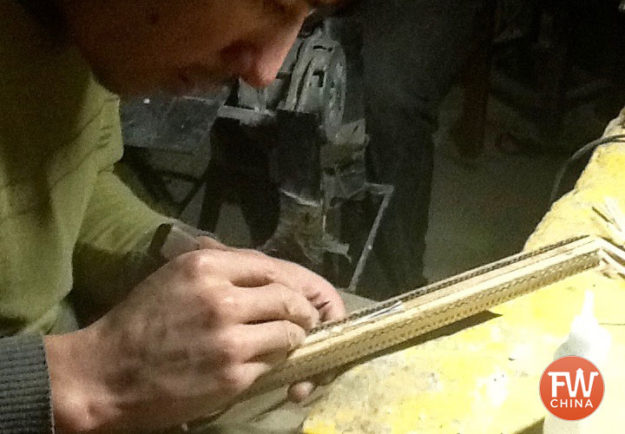
It’s quite fascinating to watch the Uyghur craftsman sit in a small shop and place each piece of bone in line along the body to form a geometric patter. It’s tedious work but the result is a beautiful instrument!
Playing the Uighur Dutar
While I highly respect my talented friend Alimjan, most Uyghur would agree that the master of the dutar is a gentleman named Abdurehim Heyt. He is a Uyghur musician from Kashgar who has been interestingly described as “the epitome of a strong, silent, smugly dignified guardian of Uyghur honor”.
Hands down, the best way to learn the Uyghur dutar is by taking lessons from somebody here in Xinjiang. There aren’t many other resources available, honestly!
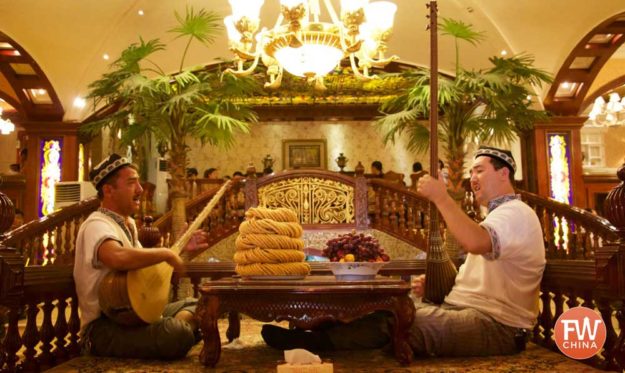
Conclusion | Uyghur Dutar
The dutar is an important part of Uyghur culture, so as you prepare to travel out here or research the Uyghur people, listening to the music of the dutar is a good start.
I don’t always recommend that travelers purchase a Uyghur dutar while in Xinjiang (unless you want a cheap tourist souvenir that you can put on your mantle) but I do hope you either stop by a music store to buy some music or purchase Uyghur music on Amazon.

